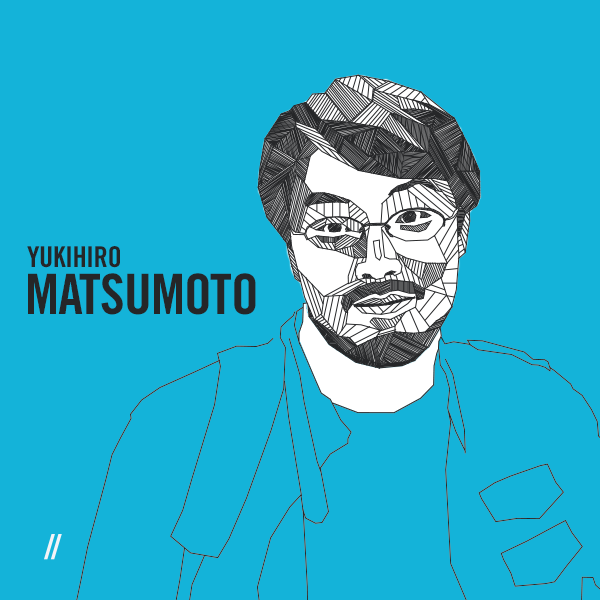You may not have heard Yukihiro Matsumoto’s name before, but it’s almost guaranteed you know his life’s work.

Somewhere in the late 1980’s, Matz started to work for netlab.jp, an open source company in Japan. He began to see gaps in the languages he used, and by 1993, started discussing scripting languages in depth with a colleague. Matz loved the possibility and power of scripting languages, but also liked working with object-oriented programming.
That made Matz wonder: could he make a programming language more powerful than Perl, but also more object-oriented than Python? This language would take the elements of functional programming and imperative programming, then bring them under one roof. Much in the way that a precious gemstone is created, a powerful concentration of elements combined — and Ruby was born.
“Ruby is simple in appearance, but is very complex inside — just like your human body.”
Matz developed Ruby by himself and released the alpha version in 1994. He released the language for widespread use by 1996, and the elements that drove Ruby’s creation continue to make it a popular staple in programming. As Matz said when discussing the design philosophy behind Ruby, “One way [to look at a language] is by looking at what can be done with that language. The other is by looking at how we feel using that language — how we feel while programming.”
If Ruby has been revered for one thing, it’s the malleable and streamlined user experience. It feels, well, fun. Matz wanted programming languages to feel natural, so programmers could concentrate on the entertaining and creative aspects of their work. That’s why Ruby has a pure object-oriented approach, along with a simple system to address errors. It’s also highly portable to boot, with users on everything from Linux to Windows.
The list of Ruby’s positive attributes goes on — automatic memory management, a dynamic type system — but its real core is the love it gets from programmers around the world.
Matz put it best when he said, “Ruby is simple in appearance, but is very complex inside — just like your human body.”
An advocate for open source development, Matz also won the Award for the Advancement of Free Software in 2011. Nearly 20 years after its initial release, Ruby is a widely-used backend language that seems too treasured to go anywhere anytime soon.
Written byFLATIRON SCHOOL
Make yourself useful.

